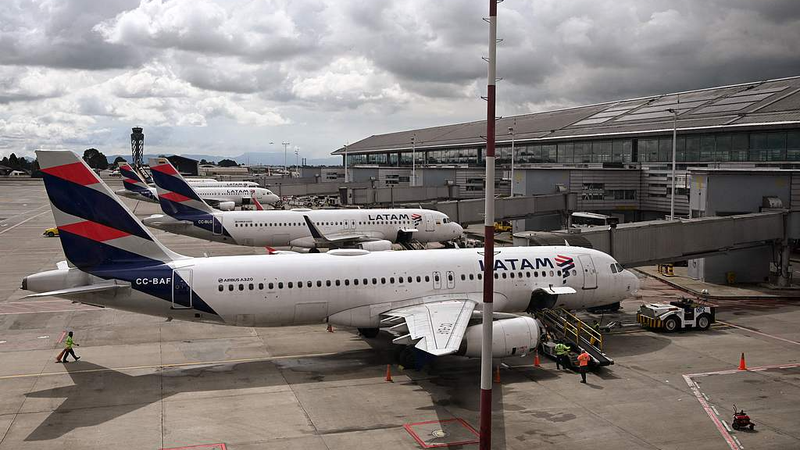In a surprise announcement Monday, U.S. President Donald Trump declared via his Truth Social platform that starting November 1, 2025, a 25% tariff will apply to all medium- and heavy-duty trucks imported into the United States. Aimed at boosting domestic manufacturing, the move has sent ripples through global logistics networks.
The tariff targets an industry where foreign truckmakers have steadily gained ground, offering fleets options ranging from fuel-efficient European models to competitively priced imports from the Asia-Pacific region. With costs set to rise overnight, U.S. fleet operators may face sticker shock as spare parts, service agreements, and total cost of ownership all come under pressure.
Analysts warn the tariff could trigger shifts in global supply chains. Some manufacturers may relocate assembly plants or reroute exports to avoid the tariff, while others could pass costs onto buyers. The result? Higher prices for long-haul haulers, urban delivery trucks, and even food and machinery transport across North America.
Industry stakeholders are already weighing in. Logistics managers say contingency plans are in motion: optimizing routes, accelerating domestic procurement, and exploring alternative vehicle types such as electric or hybrid models that could skirt traditional import categories. Yet many wonder if these measures will be enough to counter a sudden 25% price bump.
As the November deadline approaches, all eyes are on trade partners and policymakers. Will rivals respond with their own tariffs? Can U.S. manufacturers scale up quickly to fill the gap? For young entrepreneurs, tech innovators, and travelers alike, the answer will shape the future of cross-border trade and the trucks that drive our global economy.
Reference(s):
U.S. to impose 25% tariff on medium, heavy-duty trucks starting November 1
cgtn.com



